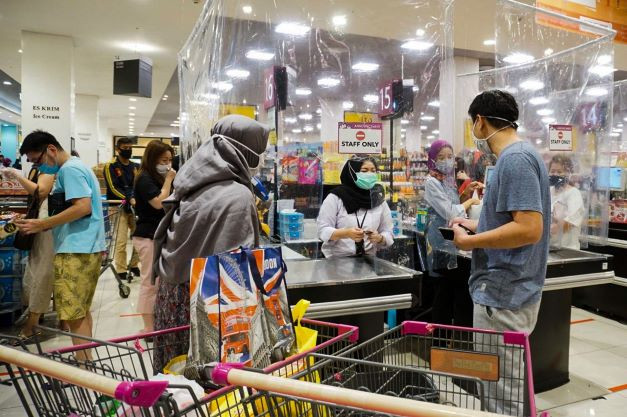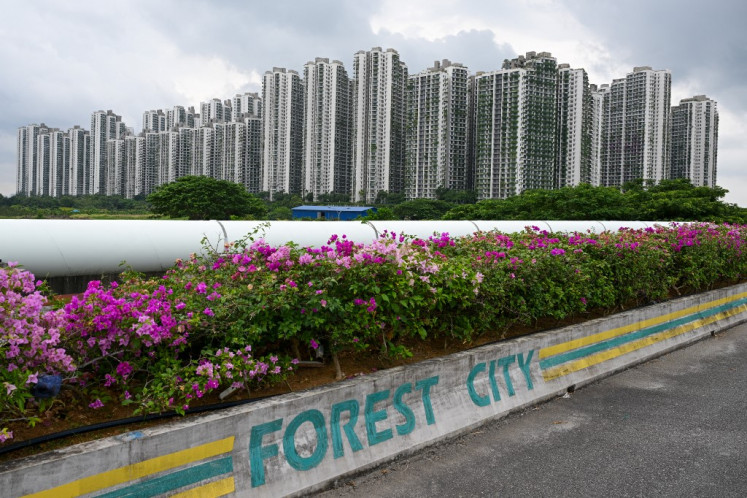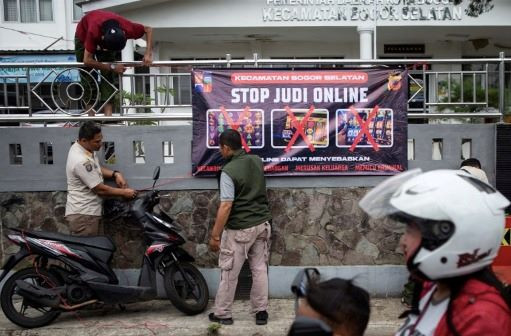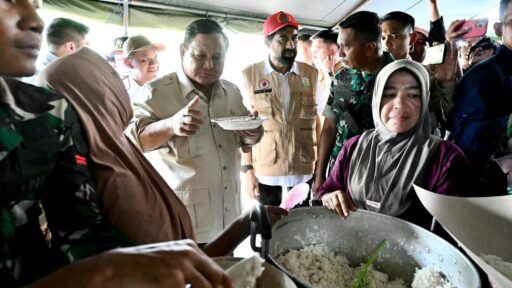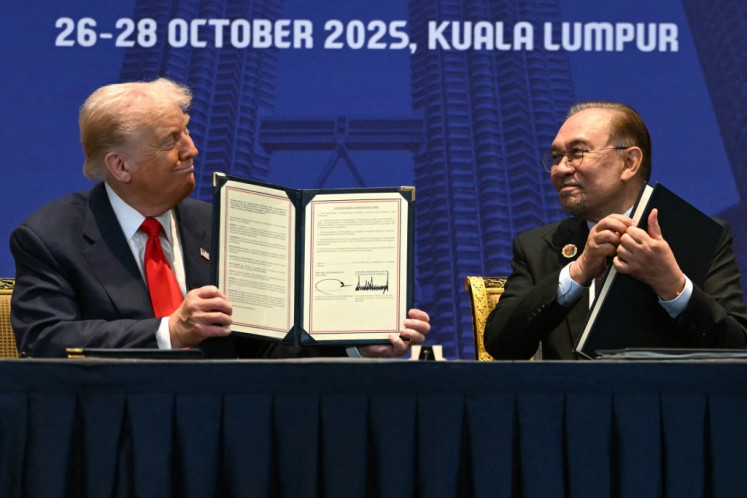Popular Reads
Top Results
Can't find what you're looking for?
View all search resultsPopular Reads
Top Results
Can't find what you're looking for?
View all search resultsThe economics of Indonesian FMCG industry
Indonesia requires efficient and transparent supply chains, the use of technology and improved processes to raise product quality.
Change text size
Gift Premium Articles
to Anyone
Many of us had expected that the global economy would soon recover from the devastating impact of the COVID-19 pandemic, reopening cross-border trade, releasing the pent-up demand during the peak of the pandemic and pushing up the prices of commodities and durable goods.
But our dependence on the whims and vagaries of a few Western advanced economies, led by the United States, which are now experiencing some of the highest inflation, caused by their previous easy economic policies, has instead brought most of the world economies to a condition worse than that before the pandemic.
As their inflation remains sky high, the central banks in the US and Europe have been aggressively raising their policy rates without much concern for most other countries, which mostly hold debts denominated in US dollars. Thus far, the emerging countries in Asia are still nowhere near the worst of the East Asian economic crisis of the late 1990s, but those which run current account deficits have historically been more exposed to external shocks and currency volatility whenever the Federal Reserve tightens its monetary policy.
The current account measures the net flow of goods, services and income into and out of a country. Each category is measured separately, but if their cumulative outflow is more than what is coming in, that country will run a deficit. Most ASEAN countries prefer to run surpluses, which means they typically seek to maximize exports of goods and services while reducing imports.
As a major commodity exporter, Indonesia has seen an unprecedented reversal in its external balance with the current account balance dramatically improved from a deficit of US$31 billion in 2019 to $3.3 billion surplus in 2021, powered mainly by $31.5 billion of coal exports and $26.5 billion of palm oil exports.
The windfall from the commodity boom has enabled the government to cushion the people from the inflationary impact of the food and energy crises and the fairly low inflation allowed Bank Indonesia to hold its policy rate rather stable, compared to most other countries, which have aggressively hiked their interest rates.
As Asian Development Bank’s director general for Southeast Asia Ramesh Subramaniam noted recently, the recovery prospects in Southeast Asia are encouraging, but not without persistent risks, including heightened uncertainty from the Russian invasion of Ukraine and the evolving conflict, the emergence of COVID-19 variants and the scarring effects of the pandemic through large employment and education losses, production disruptions, fragile business confidence and declining productivity growth.
Supporting homegrown industries with the competitive advantage to propel a resilient and inclusive recovery will not only require sector-specific interventions by governments, but should include measures that reflect more business-friendly policies and competent bureaucrats that enable our business environment to help businesses to navigate the challenges of this volatile, uncertain, complex world in the post-pandemic era.
Indonesia requires efficient and transparent supply chains, the use of technology and improved processes to raise product quality, streamlined regulations and effective partnerships between businesses and the government.
The government has set total investment target of Rp 1.2 quadrillion (US$80 billion) this year and Rp 1.4 quadrillion in 2013 to achieve an economic growth of 5-5.5 percent. Moreover, it has significantly expedited business licensing, and improved the general investment climate, through the job Creation Law and online single submission of applications.
Within the manufacturing sector, the industry of fast-moving consumer goods (FMCG) has been one of the consistently strong performers during the pandemic and has been recovering even stronger after the easing of social-mobility restrictions.
FMCG products are numerous and easily found in the market, such as food and beverage products, toiletries, soap, shampoo, toothpaste, cosmetics, razors, detergents and medicines. The high demand for FMCG goods makes the FMCG industry market in Indonesia very promising. This is marked by the presence of large companies such as Nestle, Unilever, Orang Tua, Mayora, Sasa, KC Softex and others
As one of the faster-growing FMCG markets in Southeast Asia, the FMCG market in Indonesia has advanced along with the increase in demands and changing lifestyle of its population. Since 2018, Indonesian households have allocated almost 20 percent of their total expenditure for FMCG products. In the third quarter of 2020 every FMCG segment in the country saw an increase in the average consumer spending per trip, with the food segment having the highest change.
The fuel price increase in September did affect the demand for FMCG as the second-round impact of the costlier energy also raised the prices of many consumer goods. But the demand-dampening impact will last only for three to six months and consumption will again recover strongly.
Moreover, considering Indonesian consumers' behavior toward branded FMCG products, the outlook of the FMCG market in the country will stay robust. Going forward, I am confident all FMCG segments will continue to record positive changes in the average consumer-purchase volume per trip with a higher change in foods and beverages, home-care, dairy and personal-care segments.
The resilience of the FMCG industry has mostly remained unperturbed throughout the pandemic. It is essential for brands to leverage the opportunity in accelerating growth throughout 2023.
***
The writer is CEO and president director PT Sasa Inti.

